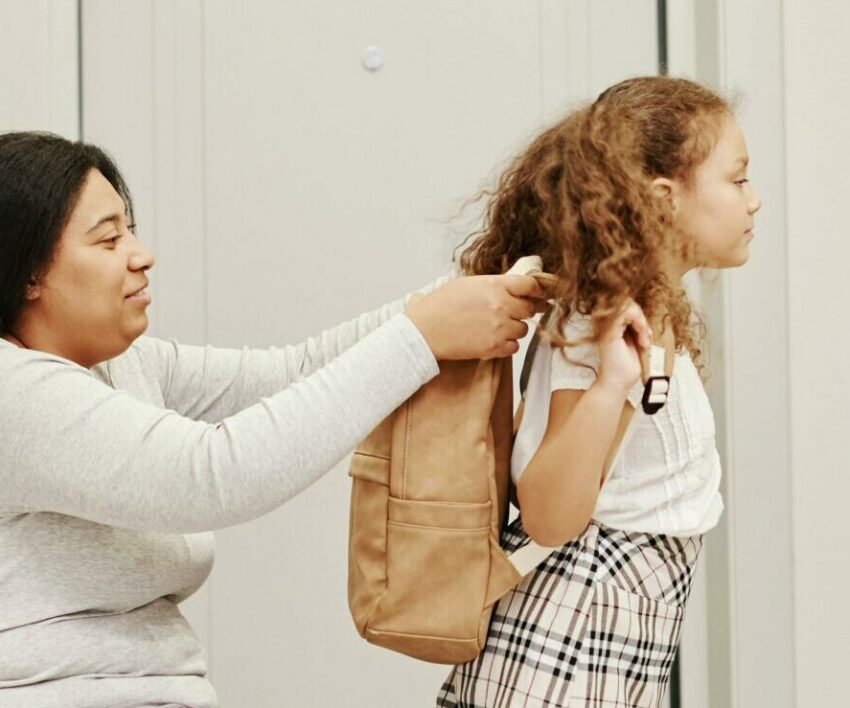
illustration: picture: pexels
Ever watched your little one clutch a squishy toy like it’s a lifeline or refuse to go anywhere without their favorite pair of noise-canceling headphones? For many parents of children living with Autism Spectrum Disorder (ASD), a well-packed sensory bag isn’t just a nice-to-have—it’s a survival kit for the unpredictable world outside.
April is World Autism Month, a time to celebrate neurodiversity and take a closer look at the little things that make a big difference in a child’s day. So, what needs to be in your kid’s sensory bag?
The Circle City Aba publication first explains that a sensory bag is a portable, calming tool designed to assist individuals with autism in managing sensory sensitivities in noisy environments, particularly in public spaces.
Sensory play helps children build neural connections and develop fine motor skills, social skills, and focus, according to Parenta. The publication also mentions that this also helps them practice skills, develop language and vocabulary, and develop math/science skills.
There are a few items suggested to include in your child’s bag, obviously depending on what works for them since autism cases are not the same. Essential items include noise-canceling headphones, fidget tools, and visual communication cards, according to Circle City Aba.
“Noise-canceling headphones are one of the most essential tools in a sensory bag. Loud sounds or unexpected noises can be overwhelming for individuals with autism. Headphones help block out unwanted noise, creating a quieter, more manageable environment,” claims the above website.
According to Euan’s Guide, sensory bag items should be practical, engaging the senses, and informative, with items like water bottles, earplugs, and dark glasses. They should also be fun, with bright colors and relevant toys, continues the source.
Additionally, the above source states that informational items like maps and visual stories can help visitors explore a venue, while calming items like fidget spinners and soft toys can help distract and relax the child in stressful environments.
When creating sensory backpacks, consider factors such as practicality, fun, informativeness, and calming effects. By incorporating these elements, sensory backpacks can enhance the kid’s experience and provide a sense of connection to whichever environment they are in.
Also see: Autism Month: How to master communication with your non-verbal child
